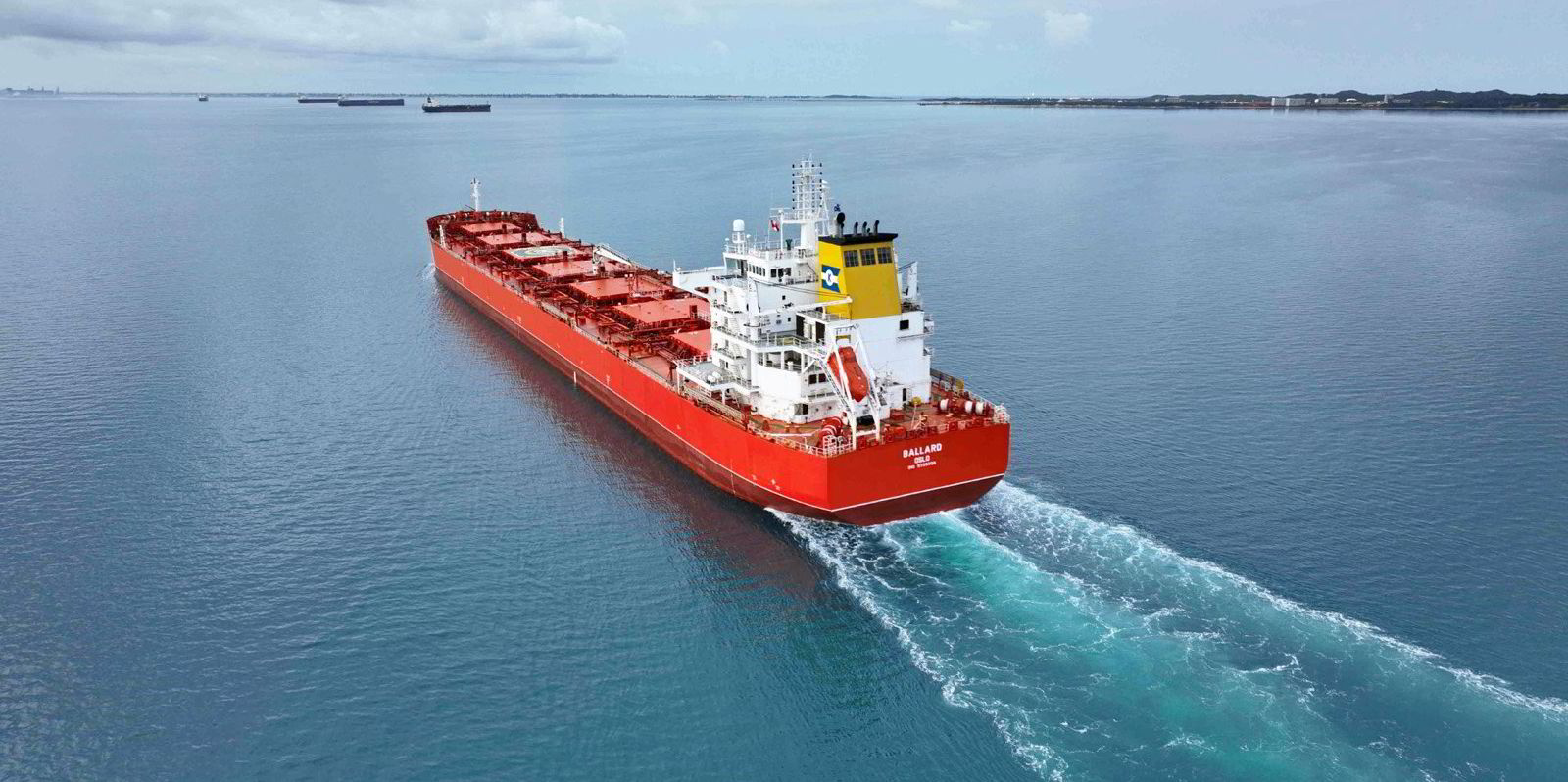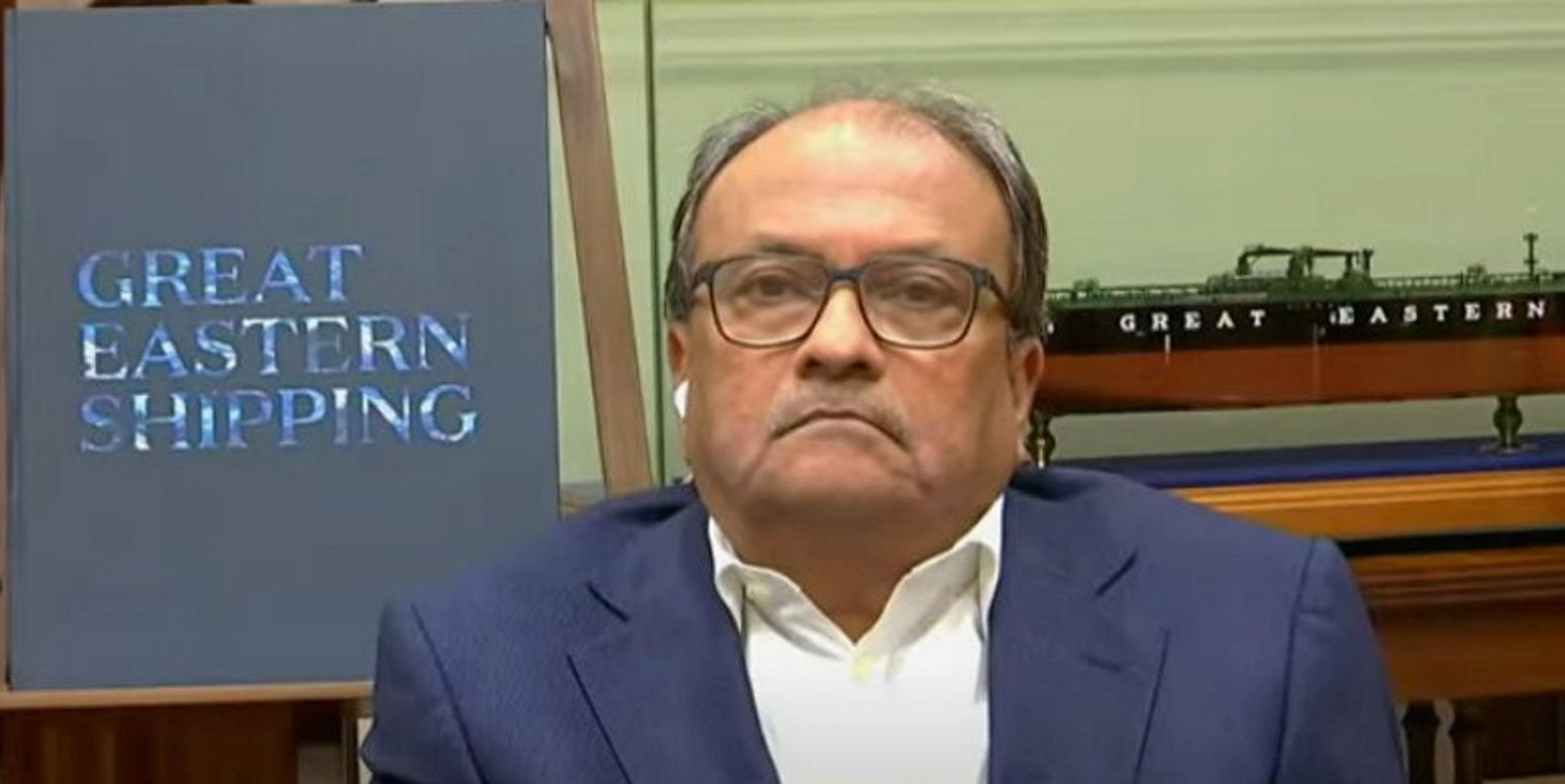The stars are aligning for Klaveness Combination Carriers (KCC) as product tanker markets boom and bulker rates look set to improve, analysts believe.
The Oslo-listed owner of vessels that can carry both wet and dry cargoes is coming off the back of a record 2023.
And Fearnley Securities analysts Oystein Vaagen and Fredrik Dybwad said earnings will be further boosted by a positive outlook for bulker rates this year, with clean tanker markets already at extraordinarily strong levels.
They called this a rare instance of fully synched dynamics in both wet and dry markets.
Earnings for the Cabu caustic soda and dry bulk vessels are expected to dip in the first quarter, due to seasonality, but Cleanbu oil product and bulk ships should see record rates of up to $50,000 per day, against $37,500 in the fourth quarter.
Rates have been rocketing due to the Red Sea rerouting.
Fearnley Securities has a new higher target price of NOK 125 ($11.92) per share with a “buy” rating.
Clarksons Securities, which also has a “buy” rating on the shares, has raised its target to NOK 130 from NOK 100.
This compares to a trading price of NOK 109 in Oslo on Monday.
“When it comes to the valuation, it seems the market has finally seen the inherent value in a fleet of combination carriers, as the company is one of the top performers year to date,” Clarksons Securities said.
The stock is up 23% so far in 2024.
Heavy exposure
Analysts led by Frode Morkedal noted that KCC is “heavily exposed” to the strong product tanker market, with Cleanbus trading oil 83% of the time so far this year.
“The uniqueness of KCC seems to finally have been appreciated in the financial markets,” the analysts added.
“We expect 2024 to be another great year due to the company’s overweight towards the product tanker market, but also its exposure to the firming dry bulk market,” they said.
The investment bank calculates net asset value at NOK 118 per share.
“While the product market is elevated, we expect another two fruitful years for both dry and product,” Morkedal and his team said.
Capital expenditure guidance for the fleet this year is $32.5m.
Of this, $20.5m is expected to be paid out for energy efficiency measures.





